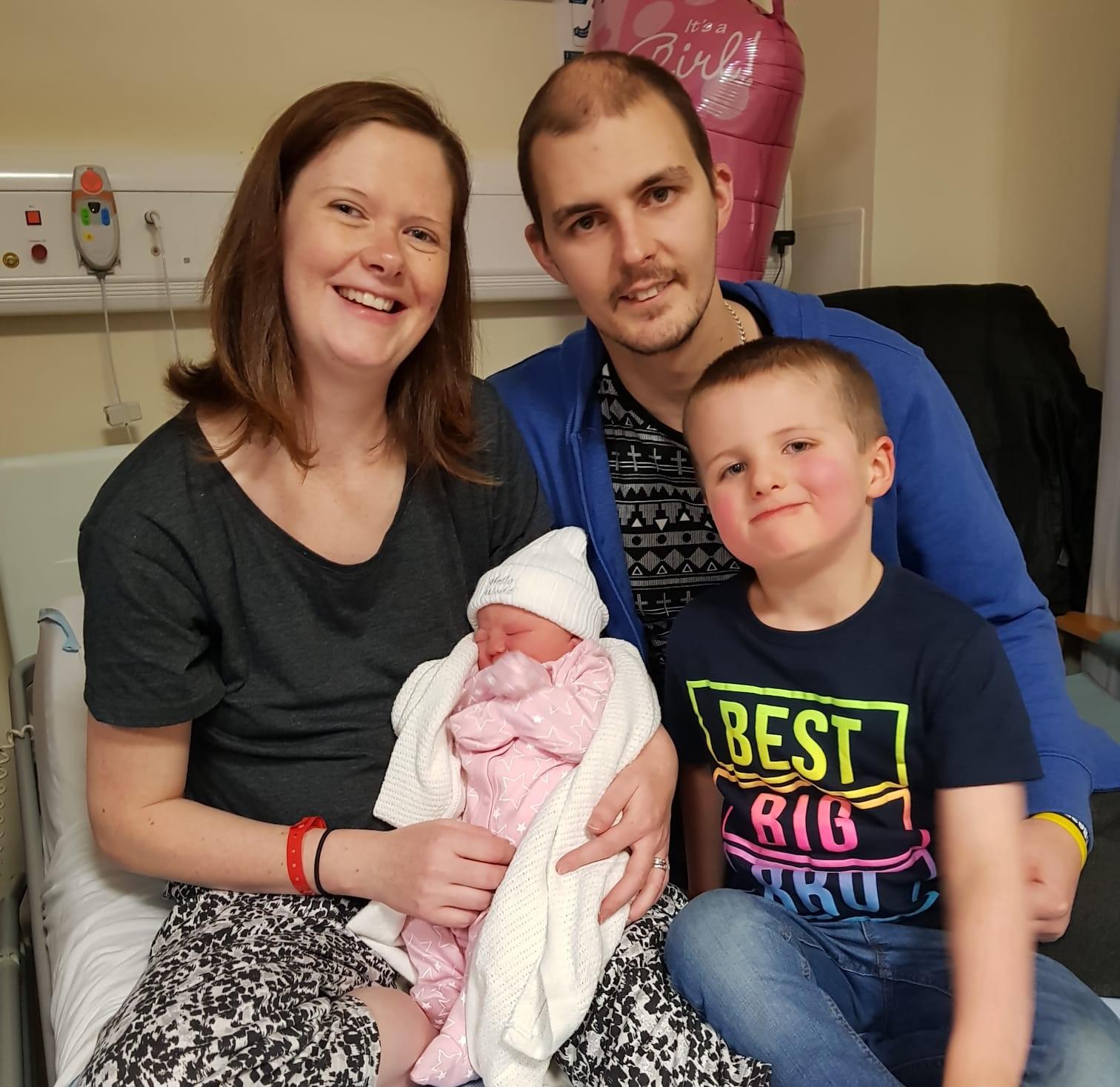Stuart
Hodgkin lymphoma, an autologous stem cell transplant and coming to terms with side effects.

The first time I thought something was wrong was just after my 27th birthday back in August 2015, when I had a persistent cough that just wouldn’t go away. I have asthma, but the inhaler wasn’t helping. Generally I am very fit and work out and cycle, so couldn't understand why I was struggling so much.
I went to the GP who sent me for an X-ray and when the results came back with queries, further tests were organised. I had a CT and then a PET scan, followed by blood work. The results of the tests indicated that I needed to see a haematologist. The morning of my appointment I woke up very delirious and didn’t know where I was. My wife called the doctor out and he immediately phoned for an ambulance to take me to hospital.
I had a bone marrow aspiration and they biopsied my neck. A couple of weeks later I was diagnosed with Hodgkin lymphoma.
I initially had six months of chemotherapy and it looked as though this had provided a remission from the lymphoma. But two weeks later my young son was lying on me and I felt pain as if I had a trapped nerve. The pain got worse and I started to lose feeling in my right arm and leg. I went up to A&E and they did a CT scan. A tumour, about the size of a grape, was found in my brain, close to my skull. The doctor was baffled because it is very rare for Hodgkin lymphoma to go to the brain. They also didn’t expect it after I reacted so well to the chemotherapy.
I needed surgery to remove the tumour and after the operation they said they were confident that they had removed it all, but felt I needed radiotherapy just to make sure. I needed to have a face mask made and decided I wouldn’t let this phase me. I had twenty treatments over a four week period and felt I coped fairly well with it.
For a second time, I was given the ‘all clear’ and went back to work in September 2016. I was looking forward to getting back to ‘normal’ and went on a two-week holiday. But by October 2016 I was off work again. The lymphoma had come back.
Because it had come back so quickly, my medical team explained that a transplant now needed to be considered. So over the Christmas period of 2016 I was being given ICE chemotherapy as conditioning treatment for an autologous stem cell transplant, using my own stem cells. A PET scan showed that the ICE chemotherapy had worked and I had my stem cells harvested in March 2017.
On 24 March, my stem cells were put back in. I can honestly say, that the next two weeks were the worst in my life. Despite being in an isolation room with two doors that people needed to go through, I picked up every infection, had diarrhoea and flu and during the two weeks I struggled to eat or drink anything. My medical team explained that once my white cells count came up I would feel better, but at the time I couldn’t believe that I would ever feel better. I felt like giving up at that point.
But within three days of my white cell count lifting, I could feel a real turn around and started to eat and drink again. Within a week I was able to go home, but that was just the start of my recovery and it took me nearly a year before I was able to return to work.
I can honestly say, that the next two weeks were the worst in my life.
Once I got out of hospital the first two months were a real struggle. I didn’t have any energy and stamina and found it hard to get up the stairs to our flat or play with my son. Also my immune system was terrible so I found that I picked up anything that was going. I have struggled with peripheral neuropathy (PN) on my hands and feet. I have found ways to help with this, like using thermal socks and using a heat pack on my hands.
I feel sad that I have missed out on so much time with my five-year-old son and we weren’t sure that we would be able to have any other children after my treatment. But I am delighted that on 16 December 2018, Quinn, our beautiful baby daughter was born through IVF.
I work for a supermarket and had a long phased return to work, which has been helpful. The neuropathy has proven to be one of the biggest challenges, especially when I have to work with chilled food. I also find that I pick up infections such as colds much more quickly, which isn't great when you work with the general public. My work has been excellent and understanding during my whole treatment and recovery. They didn’t pressure me to come back and let me recover at my body’s pace and were very welcoming when I returned.
In March 2019 I will be 2 years clear and touch wood, everything is good.
February 2019
